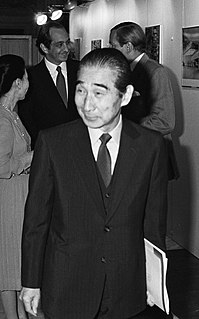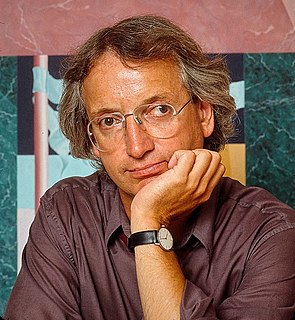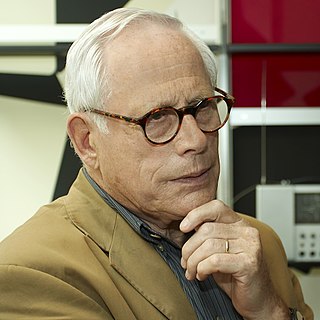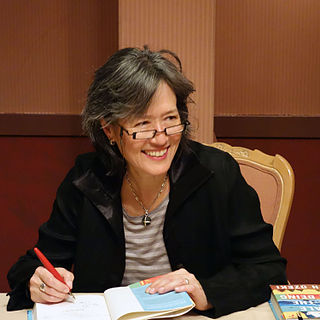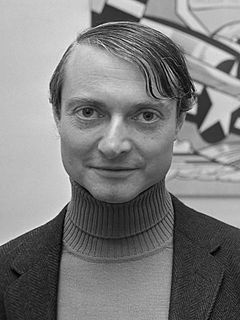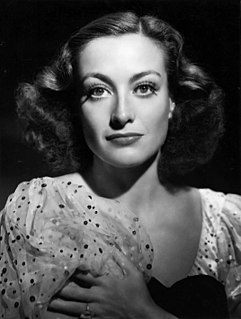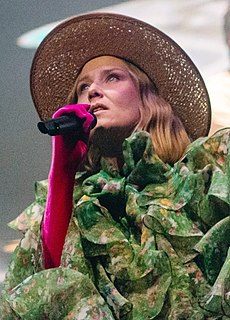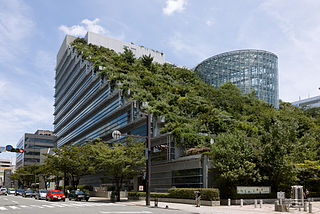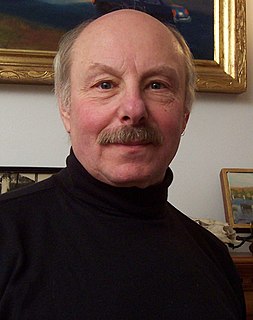A Quote by Kenzo Tange
I first decided architecture was for me when I saw Le Corbusier's designs in a Japanese magazine in the 1930s.
Related Quotes
I recently wrote a piece on comics in architecture - I was talking about the three kinds of comics I pay attention to: the Franco-Belgian, the Japanese manga, and the American comics. I started thinking about the relationship between Japanese manga and Japanese architecture, or Franco-Belgian bande dessinée versus Franco-Belgian architecture, it began to make sense; there are parallels to the modes of operations and the cultures they belong to. If I didn't force myself to write, I would have no forum to clarify these thoughts. Writing is really helpful.
My first architectural project I did, I must have been fifteen, was for neighbors across the street, a couple of school teachers, and I designed a house for them. I didn't know anything about Le Corbusier or anything like that, but it ended up being a very cubistic kind of house. I always wanted to be an architect.
